Summary: Facial recognition technology has advanced from an uncomplicated concept of the 1960s to a very strong one that is used in cell phones, air traffic control, and security installations. It does so by locating the distinctive features of the person’s face and giving the benefits of speed and convenience. However, the issues of privacy, accuracy, and data breaches have not gone away and continue to influence the way society perceives and accepts this rapidly changing technology.
The idea of facial recognition was first introduced in the 1960s when Woodrow Wilson Bledsoe came up with a technique to categorize photos according to the faces. Thereafter, it was the continuous technological development that brought this feature to the point of being among the most potent security instruments ever devised. Today, facial recognition is the main method used for opening smartphones, identifying friends in pictures on social media, and even passing through automatic airport check-ins. However, what are the mechanics behind this technology, and what are its implications?
The Tech Behind Facial Recognition
Different facial recognition systems apply different methods to achieve the same result because they often rely on proprietary algorithms. However, the underlying procedure can still be broken down into three main phases.
Face detection marks the first stage, which is the identification of a face in an image. Just like with the auto-focus function in mobile phone cameras, the method examines the picture, recognizes human attributes, and then the face is concentrated on.
The second stage is called analysis–or sometimes referred to as attribution. The software, in this stage, creates a virtual model of the face by determining its characteristics.. The result is a row of numbers known as a “faceprint” that corresponds to the physical characteristics that were just measured.
Recognition is the last step in the process. The faceprint is compared by the system to other profiles stored in the database so it can ascertain the person’s identity.
Facial Recognition Pros
Facial recognition technology has the potential to greatly improve safety and security in various industries. Police departments are among the places that make use of it for the purpose of finding lost people and recognizing suspects. It can be used in retail to cut down on shoplifting by alerting staff to unrecognized customers and identifying previously recorded offenders. In such a case, the technology can even assist law enforcement in compiling evidence.
The list of benefits continues with the security upgrade and the reduction in screening times at banks, airports, and other restricted locations. The post-COVID world has again accentuated the need for contactless access, and facial recognition makes it possible to enter without touching doors, keypads, or any other surfaces that are frequently touched.
Facial Recognition Cons
The technology has been very beneficial but at the same time, it has drawn a lot of criticism. The public in general has raised concerns about the privacy of individuals and society in general, especially when the facial scans are likely to be kept in databases with no limitation to the period of time they can be kept.
There are still more people who are concerned about civil liberties. Law enforcement could technically search through all the databases without having probable cause, and this would definitely put the question of overreach in a dilemma. The technology is not foolproof. Therefore, wrongful identifications could result from false positives.
Another risk is data security. The hackers have already shown that facial recognition databases can be hacked. The Clearview AI incident in 2020 was a significant one that compromised very sensitive data from police, banks, and defense companies. If a data breach of this nature happens, every single facial image stored could become vulnerable and that could lead to identity theft or other crimes that are difficult to prevent since they are very targeted.
The Future Of Facial Recognition
Facial recognition technology continues to evolve. Future systems may assess additional physical traits, including body structure or walking patterns. Accuracy is also likely to improve as the technology matures. Still, widespread public acceptance remains uncertain, especially as privacy concerns persist.
Resolute Partners offers warehouse security systems, cannabis security solutions, Commercial Surveillance Systems, iot solutions, Live Video Monitoring Services, and video security solutions for commercial and government enterprises. Contact Us to learn more.
FAQs
It detects a face, maps key features into a numerical “faceprint,” and compares that faceprint against stored profiles.
Phones, airports, banks, retail security, social media tagging, and law enforcement searches.
Faster identification, stronger security, touch-free access, and it helps businesses and police respond to theft or locate missing individuals.
Privacy risks, wrongful matches, potential misuse by authorities, and the possibility of database breaches.
Yes. If a database is compromised, stored faceprints can be exposed, similar to any sensitive digital information.

Michael S. Blanco is the Chief Executive Officer and Co-Founder of Resolute Partners, LLC, where he leads strategic initiatives across various divisions. After owning family entertainment centers in New England, he co-founded Resolute Partners in 1996, launching the first Internet cafés for the U.S. Navy and partnering with AT&T for global deployment. A pioneer in wireless communications, Michael has expanded the company’s focus to include Energy Management/IoT, Cybersecurity, and Managed Video Security. He holds a degree from the Rochester Institute of Technology.
2 Comments
Leave a Comment
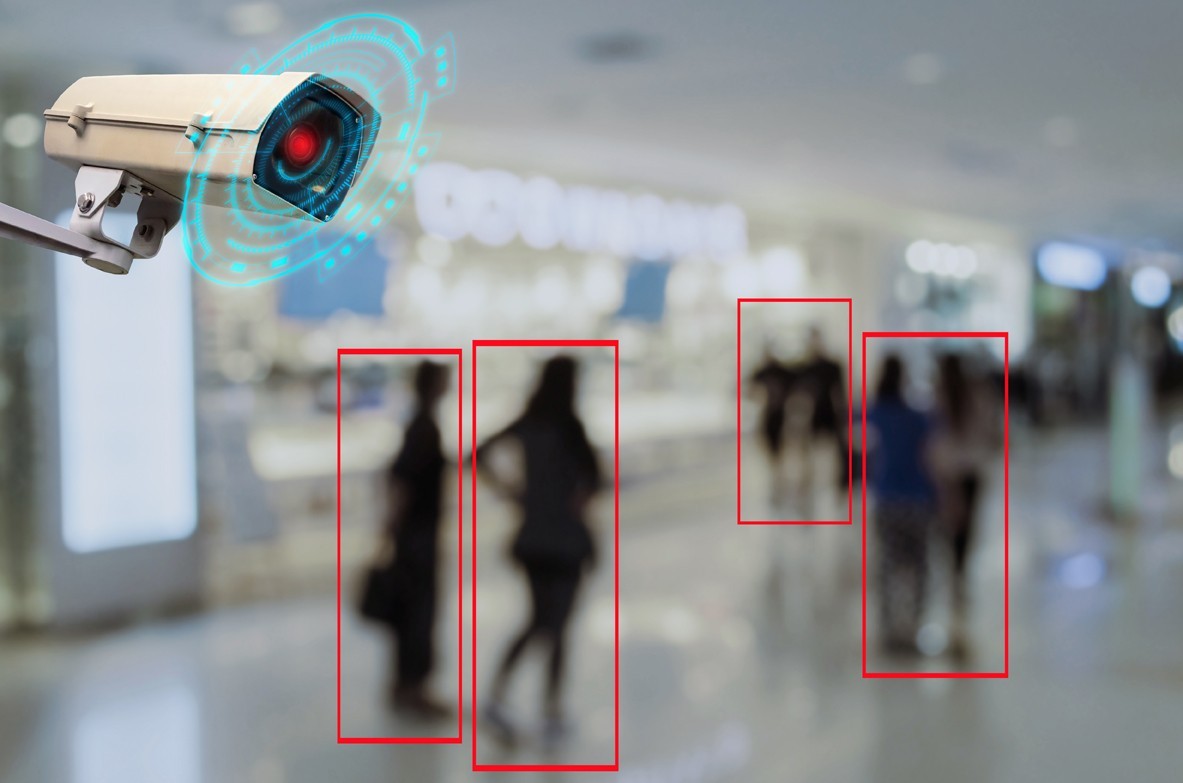
Stay up to date.
Subscribe for latest news, protection tips, special offers, and more!


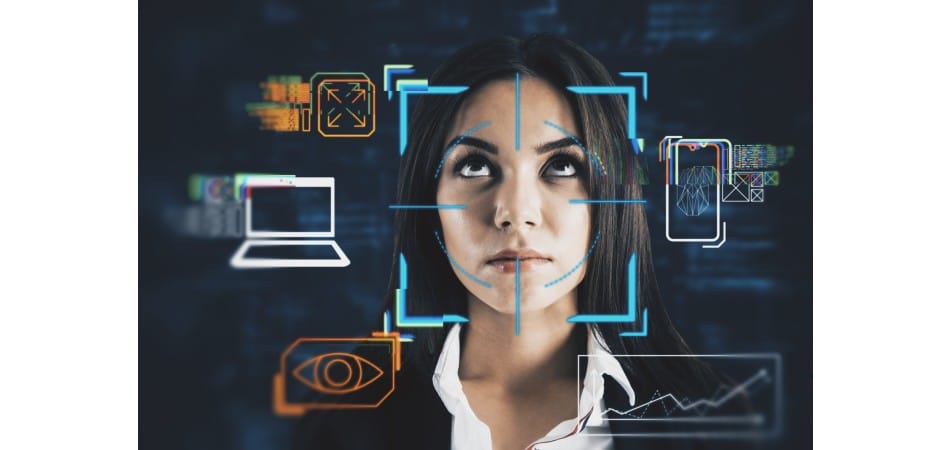
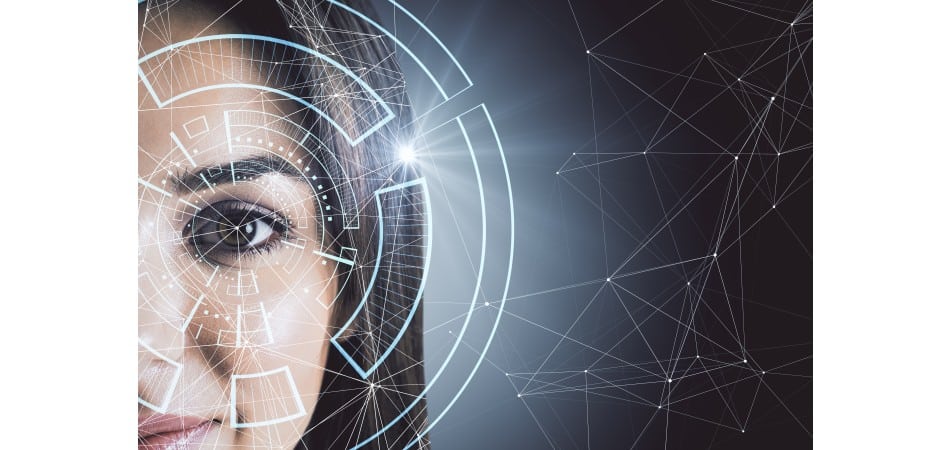




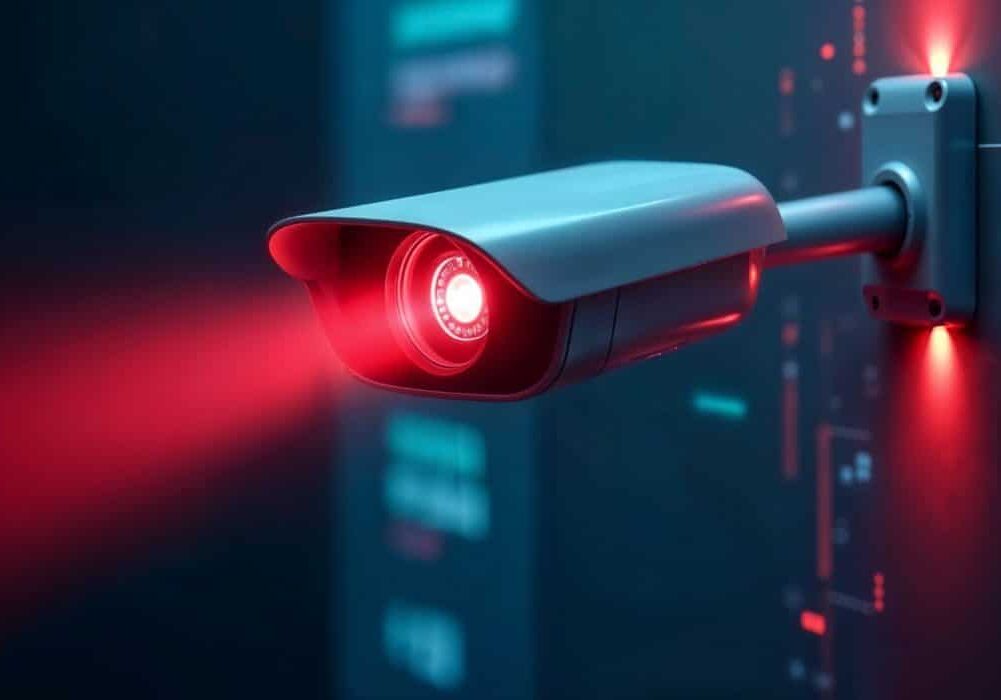
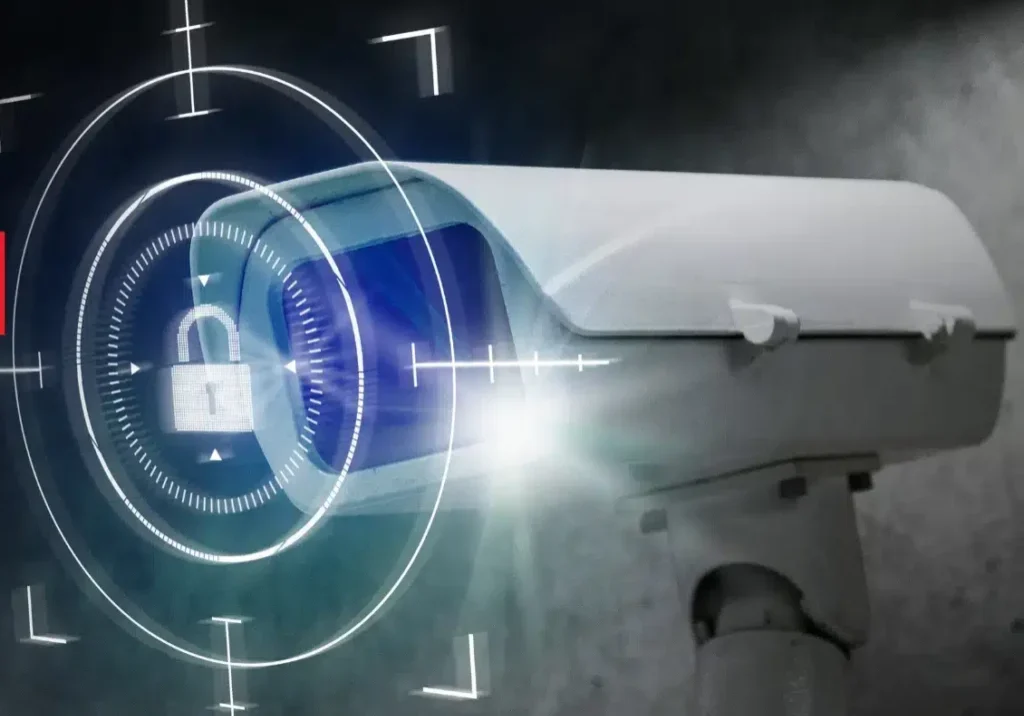
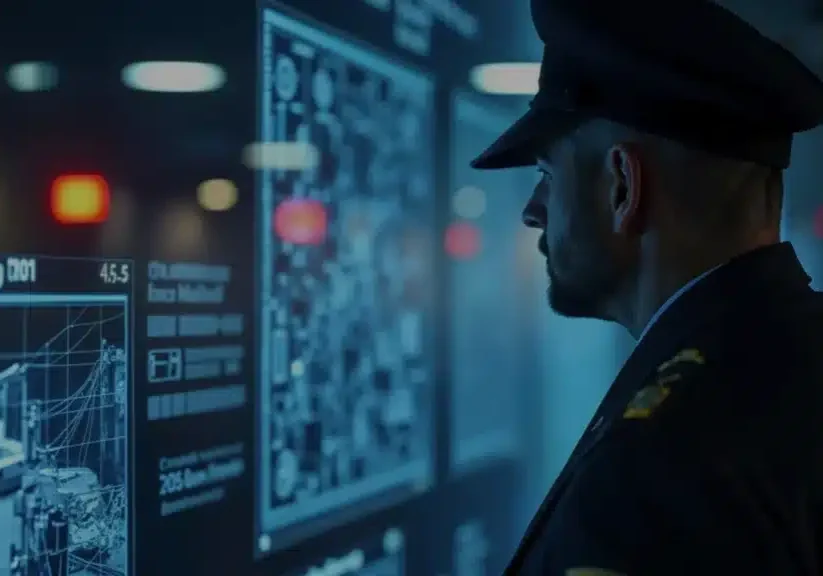
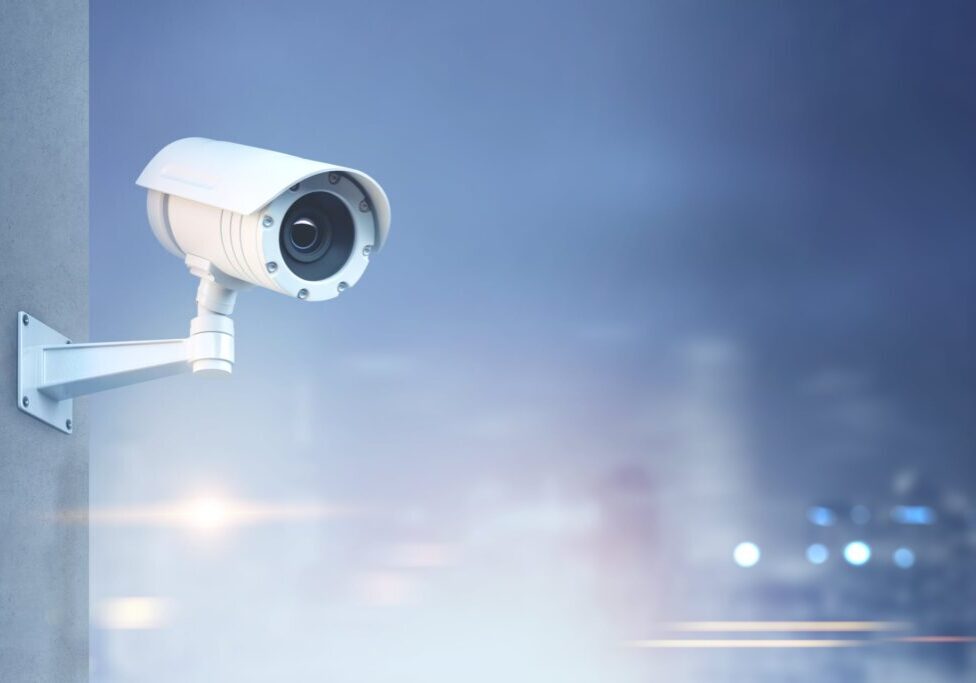
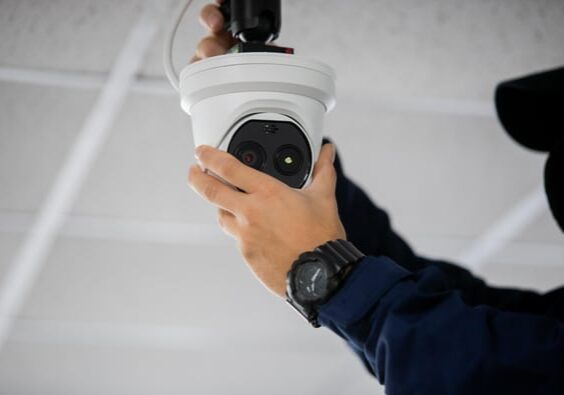
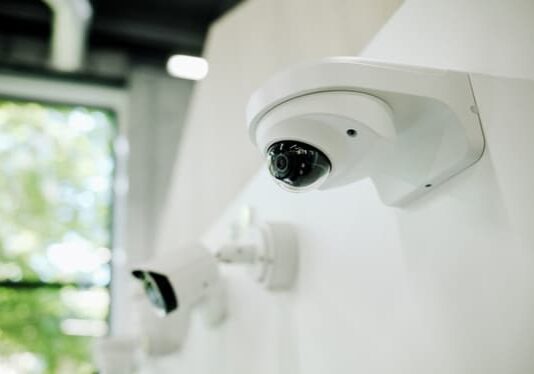
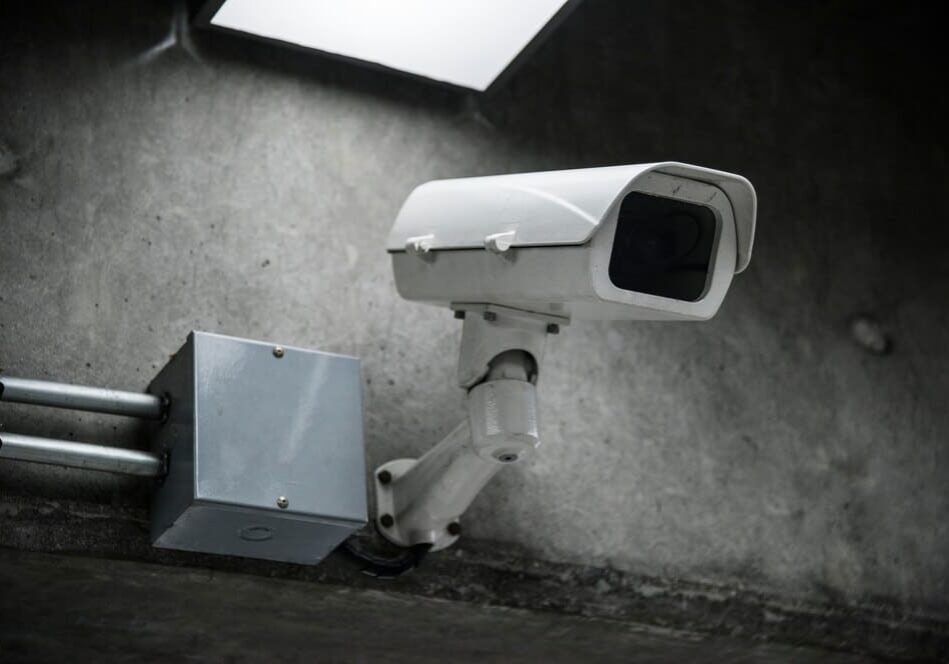
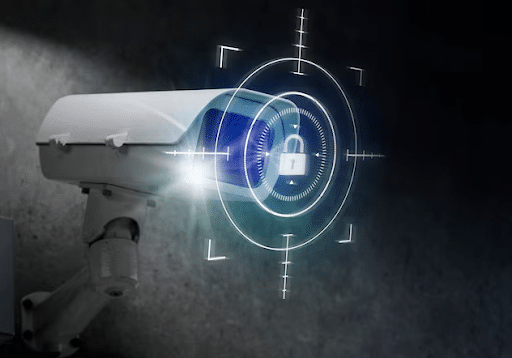

[…] not all surveillance systems are made equal. Static systems may allow you to review footage and identify an invader’s face or catch their license plate. But, live video monitoring allows users to be much more proactive in […]
[…] the security world, some of the best-known AI-based analytics features include facial recognition, motion search, and face detection. All of these features can be integrated with IP cameras. In […]